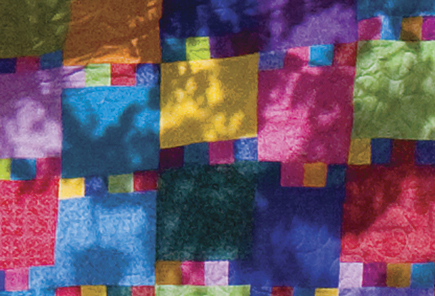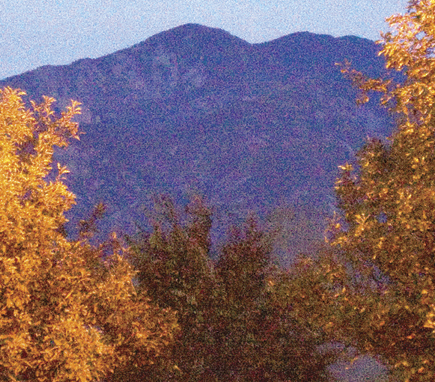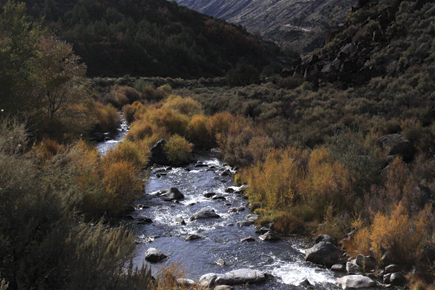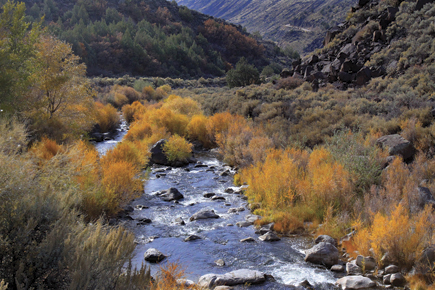Canon’s EOS 50D D-SLR; 15.1MP, Live View With Face Detection And 6.3 FPS Page 2
Choosing an AF point is also very easy—you press the AF area select button on the upper right rear of the camera and turn the control dial. You can also use the toggle to move between points and auto AF point selection. And in one playback option you can have the focusing point or points show up in the review image.
|
High ISO
|
|
 |
|
 |
|
|
Making bracketed exposures, something everyone seems to want to do for HDR, is also easy. Just set up the bracket spacing (+/- 2 stops) and set the camera on Continuous Drive mode; it will take the three shots and stop, with one shutter release. However, note that you are limited to three shots when working in this fashion, something that might disappoint ardent HDR fans who often want six or more brackets in their set. But you can shoot as many brackets as you like using single shots and doing it manually, of course. In fact, because of the high 1/8000 sec shutter speed I did brackets handheld (at a high ISO of course) and they merged together just fine.
For experienced users the 50D quickly becomes familiar territory and quite versatile in nailing exposure, focus, and even picture nuances. Those controls include color and white balance selection, which along with the usual presets has a white balance “shift” that you can toggle within a green/magenta and blue/yellow axis. Canon’s Picture Styles offer numerous in camera processing options; again, you can choose presets or modify to taste. You can set the ISO in the aforementioned range or use Auto ISO. This is a fairly new phenomenon so you should study how the program works; ISO 100-1600 (depending on the light level and lens) in most modes, ISO 400 in Manual Exposure mode (??), and ISO 400 with flash.
|
Night Noise
|
|
 |
|
 |
|
|
Field tests with the camera included various lighting scenarios and checking the Auto Lighting Optimizer and Highlight Tone controls, as well as noise levels at various ISO speeds. I worked with various bracketing options and light-reading scenarios. As I worked I gained an appreciation for the easy way the 50D allows for changes, nuances of exposure and various color controls. I worked with Live View for close-up work and metering patterns to check the accuracy of the Spot, CWA, and Evaluative modes. I photographed always on raw and sometimes on raw+JPEG in different compression and size combos. I did not shoot in sRAW because I could not see any reason to do so.
My lens workhorse was the Canon EF-S 18-200mm IS, which Canon supplied with the test camera. It’s somewhat slow at f/3.5-5.6 and requires using its lock to prevent some serious zoom creep, but overall it was a very flexible lens for many types of outdoor shooting situations. I also worked with the Canon EF 16-35mm f/2.8 lens for interiors and low-light shots. The pictures and captions tell the tale and my impressions of the camera.
|
Interiors
|
|
 |
|
|
Overall, the 50D is an excellent photographic tool that’s flexible and delivers very good image quality. The ease of changing settings and ability to respond to changing light and focusing conditions is what makes it a great tool for anyone who wants to get involved in their photography. The ability to assign the Function button all sorts of tasks, such as evoking AEB (Auto Exposure Bracketing), and the one-touch Live View button all contribute to spontaneous decision making.
The build and heft of the camera does give it a pro feel and the confidence that it will last. The dust reduction system and upgrades are most welcome from Canon. The expanded ISO settings keep breaking new ground and allow low-light shooting like never before. At almost half the price of the 5D Mark II and double the price of the Rebel XTi, this camera sits squarely in the middle of the Canon D-SLR range. For a 14-bit, 15.1-megapixel camera that yields nearly 44MB files (8 bit) out of the box, it is an excellent choice for enthusiasts, stock, travel, and event photographers. It could be considered for sports as well, given the framing rate and, for interior and arena shots, its high ISO capability. It certainly would make an excellent second back-up body for those with pro Canon D-SLRs.
|
HDR Handheld
|
|
 |
|
 |
|
 |
|
|
For more information, contact Canon U.S.A., Inc., One Canon Plaza, Lake Success, NY 11042; (800) 652-2666; www.canonusa.com.
- Log in or register to post comments

















































